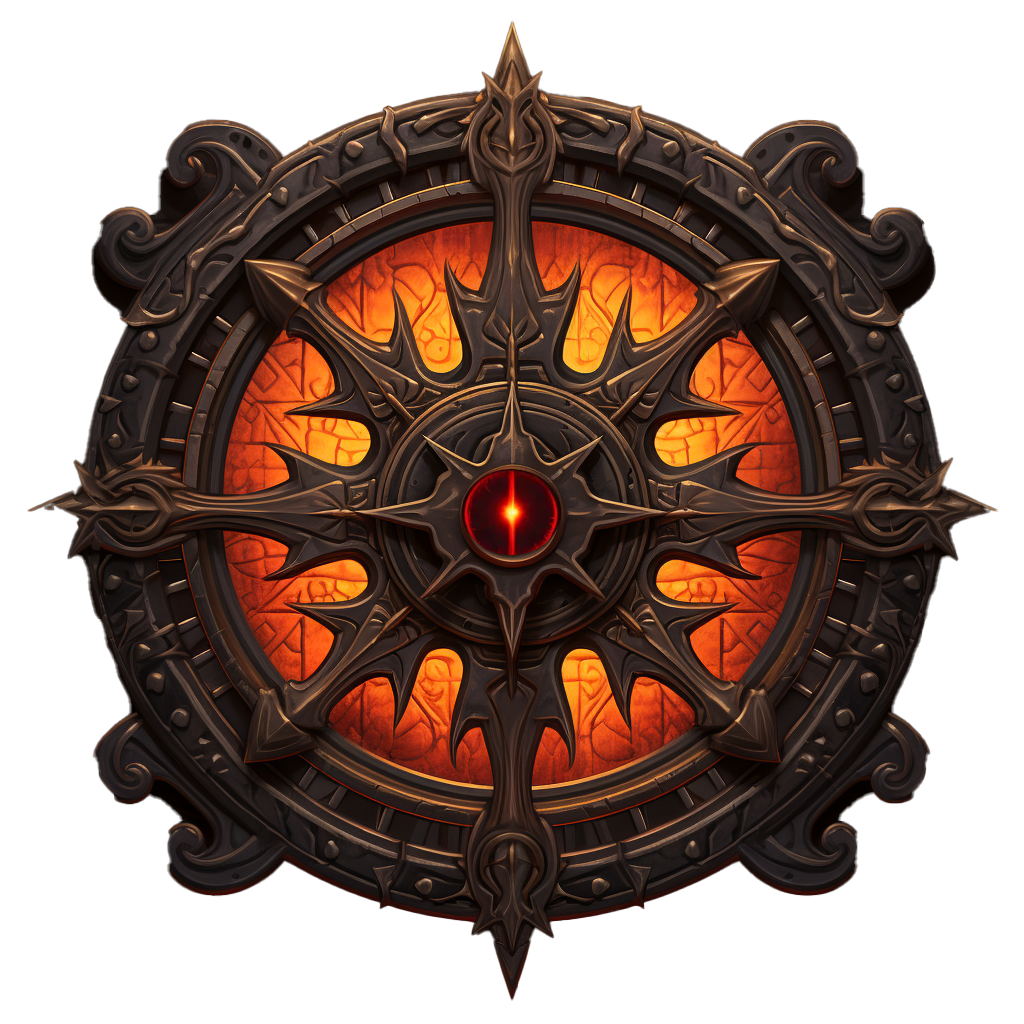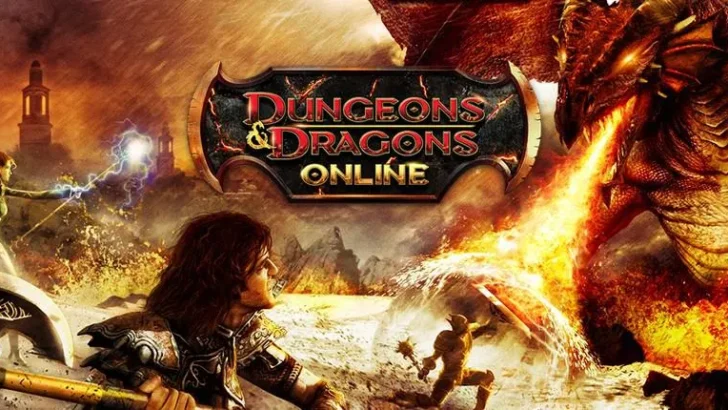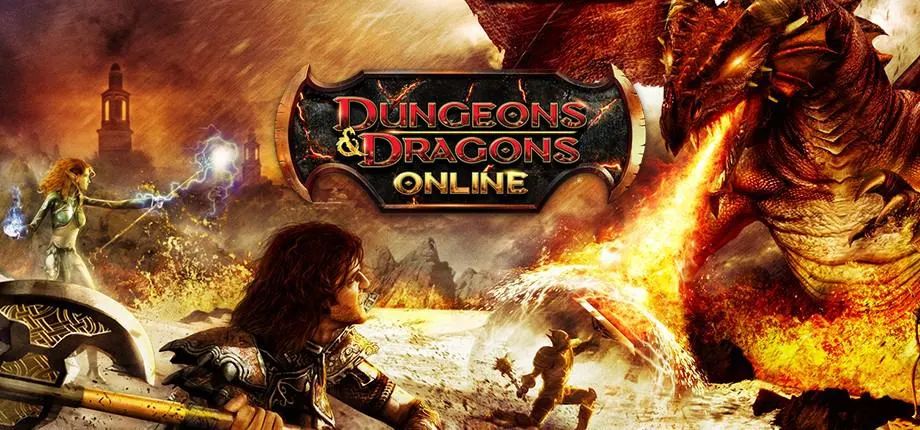Dungeons & Dragons Online
Pros
- Deep emphasis on roleplaying, offering true D&D immersion.
- Cooperative PvE mechanics fostering teamwork and strategy.
- Expansive lore that remains faithful to the original game.
- Regular updates, keeping the game fresh and engaging.
Cons
- Dated graphics which may not appeal to everyone.
- Certain races and features locked behind VIP or experience barriers.
A cherished staple for fantasy enthusiasts, “Dungeons and Dragons Online” (DDO) is a digital embodiment of the beloved tabletop game. As an MMORPG, it marries the depth of D&D with interactive gaming to offer an immersive experience.
- Developer: Turbine Entertainment Software
- Publisher: Turbine Entertainment Software
- Release Date: 2006
- Platforms: PC
- Official website: https://www.ddo.com/home
- Genre: MMORPG
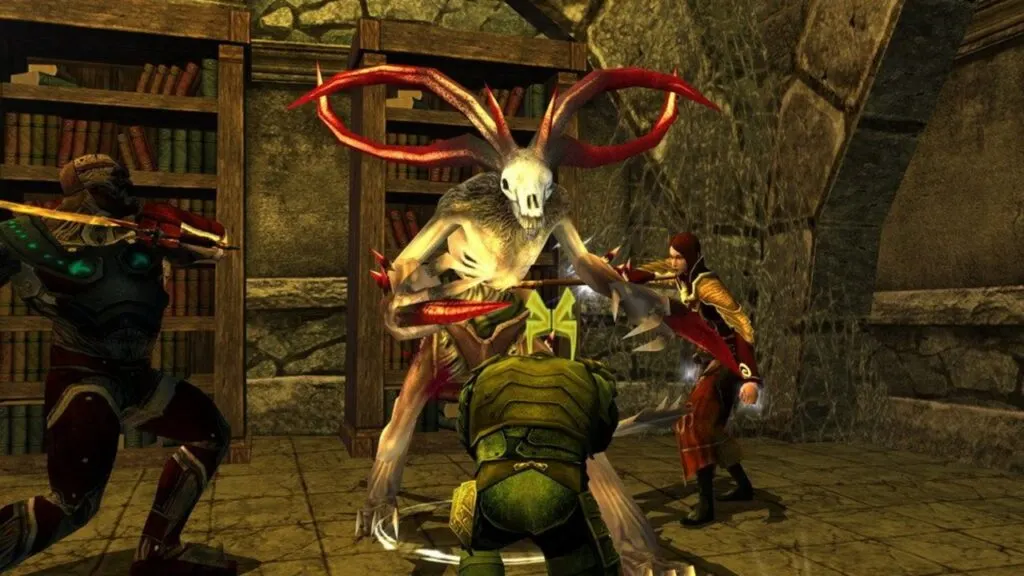
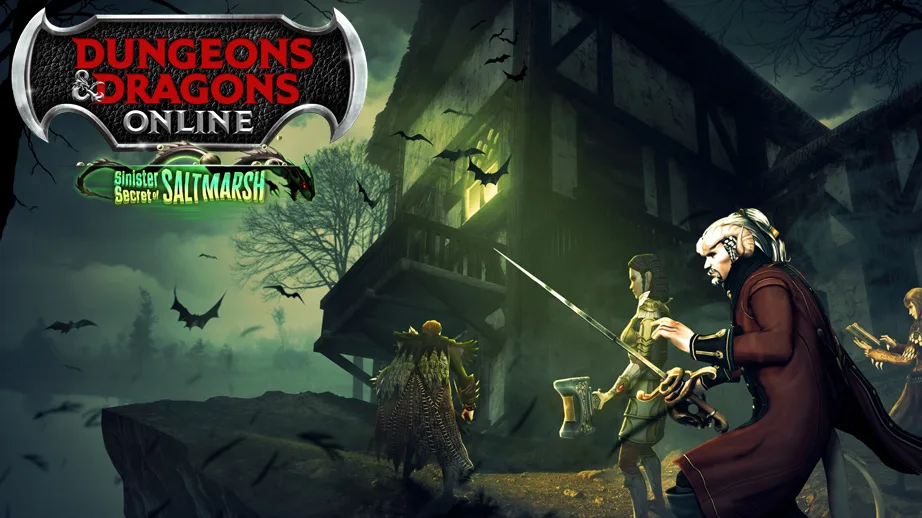
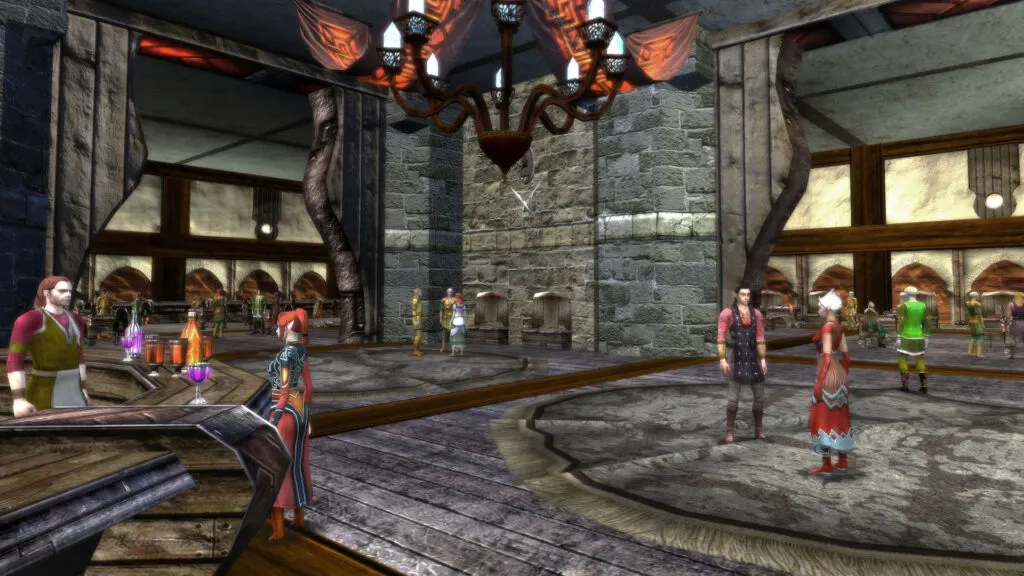

Gameplay
Dungeons & Dragons Online (DDO) is an MMORPG based on the iconic tabletop RPG system, developed by Turbine and later handled by Standing Stone Games. Initially launched in 2006 as a subscription-based game, DDO transitioned to a free-to-play model with microtransactions in 2009. Set in the fictional world of Eberron (with later expansions introducing the Forgotten Realms and Ravenloft settings), DDO attempts to bring the D&D experience to the online gaming realm.
Unlike many MMORPGs where combat can be a repetitive task, DDO stands out with its strategic and interactive combat. True to its D&D roots, planning, positioning, and teamwork play a crucial role, particularly in higher difficulties.
One of DDO’s most significant strengths is its dungeon design. Dungeons often come with voiced narration, puzzles, traps, and secret areas, making them more than just a ‘fight and loot’ experience. These instanced quests emphasize group play and strategy, closely mirroring tabletop D&D campaigns.
Character creation and progression in DDO is deep and faithful to the D&D mechanics. Players can select races, classes, skills, feats, and later on, even multi-class. This allows for a myriad of character builds, giving players the flexibility to create a character that suits their preferred playstyle.
Drawing from its rich source material, DDO offers a vast range of quests and story arcs. Each adventure pack usually carries a narrative thread that drives players through challenges and reveals more about the world and its characters.
As a free-to-play game, DDO has a store where players can purchase adventure packs, expansions, cosmetic items, and quality-of-life improvements. While a lot of content can be unlocked through grinding in-game currency, some players might find it more convenient to purchase content. The game does a fair job ensuring that pay-to-win elements are minimal.
The DDO community is a mix of long-time loyalists and newcomers introduced to the game via the D&D boom. While not as populated as some newer MMORPGs, the community is generally mature, helpful, and passionate about the game. Given the game’s emphasis on group content, being part of an active guild enhances the experience.
Graphics and World Design
Considering its release date, DDO does show its age in terms of graphics. However, the game has received numerous updates, and the world design captures the essence of classic D&D adventures. The environments are diverse, dungeons are intricate, and the game does a good job of immersing players into the rich lore of the D&D universe.
Conclusion
Dungeons & Dragons Online succeeds in translating the tabletop D&D experience into an online format. While it might not have the visual flair of modern MMORPGs, it compensates with deep mechanics, strategic gameplay, and a vast, lore-rich world. For D&D enthusiasts and those seeking a more thoughtful and team-oriented MMORPG, DDO is a treasure trove waiting to be explored.
Dungeons & Dragons Online System Requirements
Minimum Requirements
- Memory: 1 GB
- Graphics Card: GeForce 8600
- CPU: P4 1.6 GHz
- File Size: 11 GB
- OS: Win XP
Recommended Requirements
- Memory: 2 GB
- Graphics Card: Radeon HD 2600
- CPU: AMD Athlon 64 X2
- File Size: 15 GB
- OS: Win Vista/7
